Kinematics and Dynamics of Mechanisms Tutor - Kinematics & Dynamics Tutor
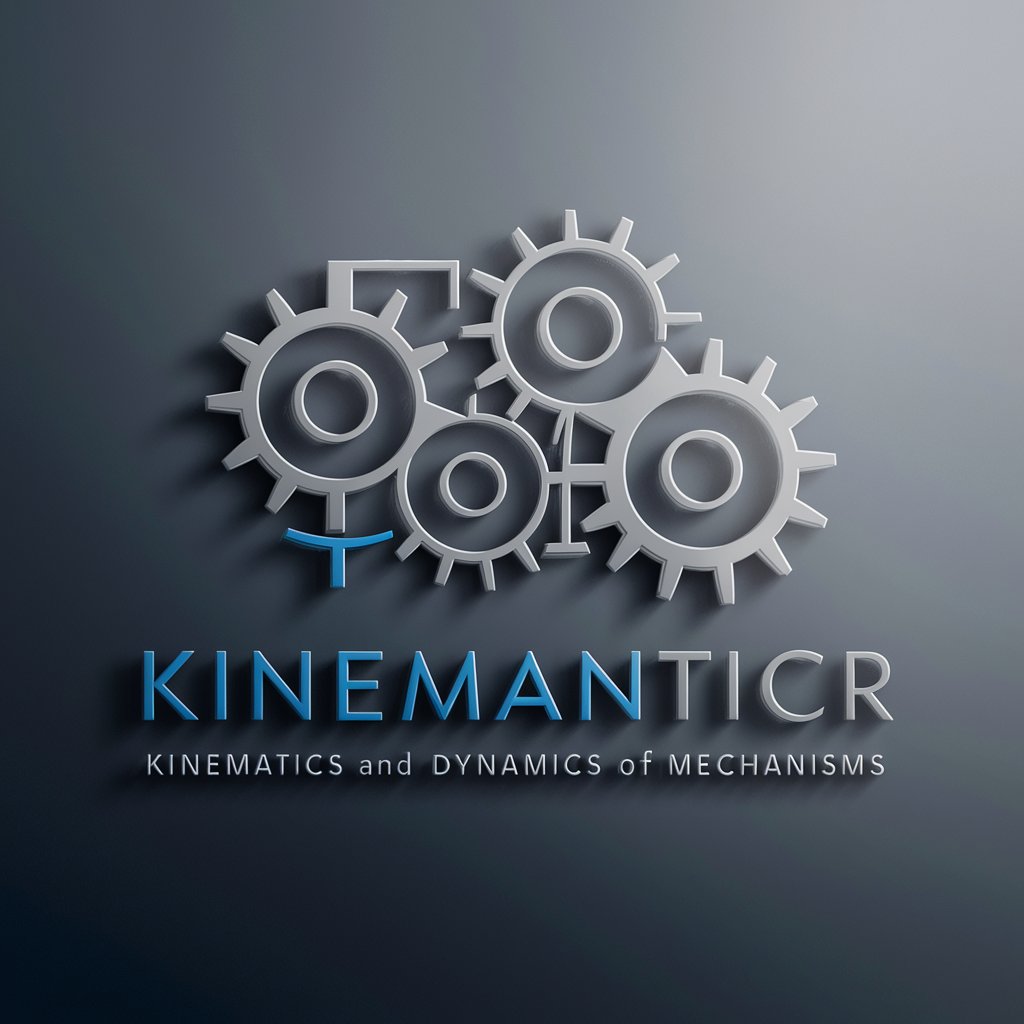
Welcome! Let's explore the mechanics of linkages and gears.
AI-powered mechanism insights at your fingertips.
Explain the degrees of freedom in a four-bar linkage system.
How do you analyze the velocity of a slider-crank mechanism?
What are the fundamental principles of cam design?
Describe the process of position analysis in planar mechanisms.
Get Embed Code
Introduction to Kinematics and Dynamics of Mechanisms Tutor
Kinematics and Dynamics of Mechanisms Tutor is designed to facilitate in-depth understanding and application of the principles governing the movement and force interactions within mechanical systems. Its purpose is to offer specialized guidance and educational support in the fields of kinematics, which is the study of motion without considering forces, and dynamics, which incorporates forces and their effects on motion. This tutoring system is tailored to elucidate complex concepts through explanations, problem-solving strategies, and examples. For instance, it can guide a student through the process of analyzing the motion of a four-bar linkage, predicting the velocity of its coupler point, or determining the forces acting within gear trains under various loading conditions. Powered by ChatGPT-4o。

Main Functions of Kinematics and Dynamics of Mechanisms Tutor
Structural Analysis and Mobility Calculations
Example
Determining the degree of freedom of a planetary gear mechanism using the Gruebler's equation.
Scenario
A student working on a robotics project needs to design a compact transmission system. Using our tutoring, they can accurately calculate the mobility of different configurations to ensure the desired motion profile.
Graphical and Analytical Linkage Synthesis
Example
Designing a linkage system for a specific path generation task, such as a windshield wiper mechanism.
Scenario
An engineer designing a new type of agricultural machinery to optimize crop harvesting techniques. Through our guidance, they can develop and analyze various linkage designs to achieve efficient, repetitive motion paths for cutting mechanisms.
Position, Velocity, and Acceleration Analysis
Example
Analyzing the velocity of each link in a crank-slider mechanism using vector loops.
Scenario
A mechanical engineering student is tasked with optimizing the efficiency of an internal combustion engine. By learning to perform detailed kinematic analyses, they can propose modifications to the piston linkage system to enhance engine performance.
Combined Static and Dynamic Force Analysis in Mechanisms
Example
Evaluating the forces within a gear train under load to determine necessary strength and material properties.
Scenario
A design engineer at a manufacturing company needs to ensure the longevity and reliability of a new gearbox. By applying principles taught by the tutor, they can calculate the dynamic forces and select appropriate materials to withstand operational stresses.
Ideal Users of Kinematics and Dynamics of Mechanisms Tutor Services
Mechanical Engineering Students
Students at both undergraduate and graduate levels seeking to deepen their understanding of mechanical systems. They benefit from the Tutor's ability to clarify complex topics, assist with homework and project designs, and prepare for exams.
Engineering Educators
Professors and instructors looking for supplemental teaching resources to enhance their curriculum. The Tutor offers detailed explanations and examples that educators can integrate into lectures, assignments, or exams.
Design and Development Engineers
Professionals in the fields of mechanical design, robotics, automotive, and aerospace engineering. They use the Tutor to refine their skills, solve specific design challenges, and innovate in their work by applying advanced kinematic and dynamic analyses.
Research Scientists and Engineers
Individuals involved in cutting-edge research and development projects who require a deep understanding of mechanism behavior under various conditions. The Tutor helps them explore theoretical models, validate experimental designs, and publish their findings.

How to Use Kinematics and Dynamics of Mechanisms Tutor
Start with YesChat.ai
Access a free trial at yeschat.ai without the need for login or subscribing to ChatGPT Plus.
Identify Your Topic
Determine the specific area within kinematics and dynamics of mechanisms that you need assistance with, such as linkage analysis, cam design, or gear trains.
Ask Your Question
Pose your question clearly and specifically to get the most accurate and comprehensive response from the tutor.
Engage with Responses
Interact with the provided answers, asking follow-up questions or requesting further clarification to deepen your understanding.
Apply Knowledge
Utilize the insights and information gained to solve problems, complete assignments, or enhance your understanding of mechanisms.
Try other advanced and practical GPTs
5E Mechanist
Empowering Your D&D Creativity with AI
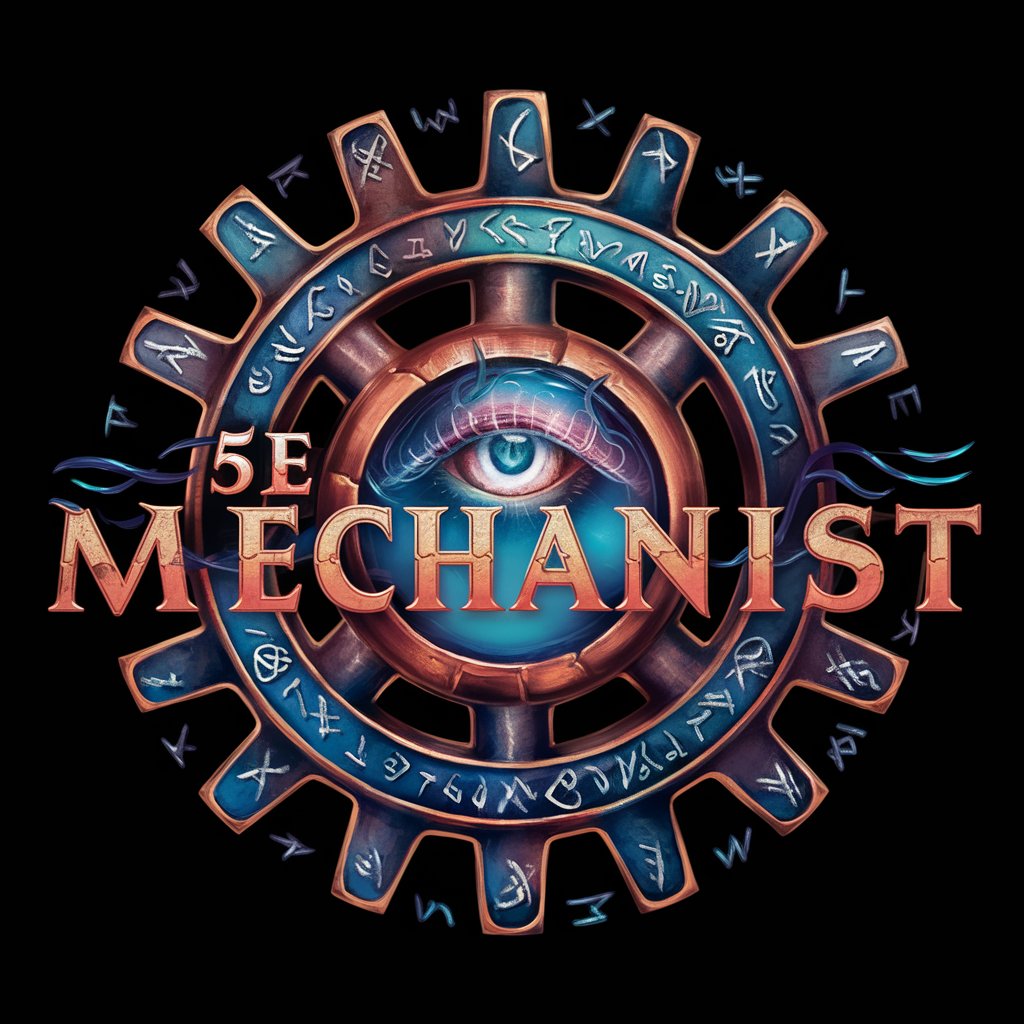
Mechanism Design Researcher
Empowering Decisions with AI-Driven Mechanism Design
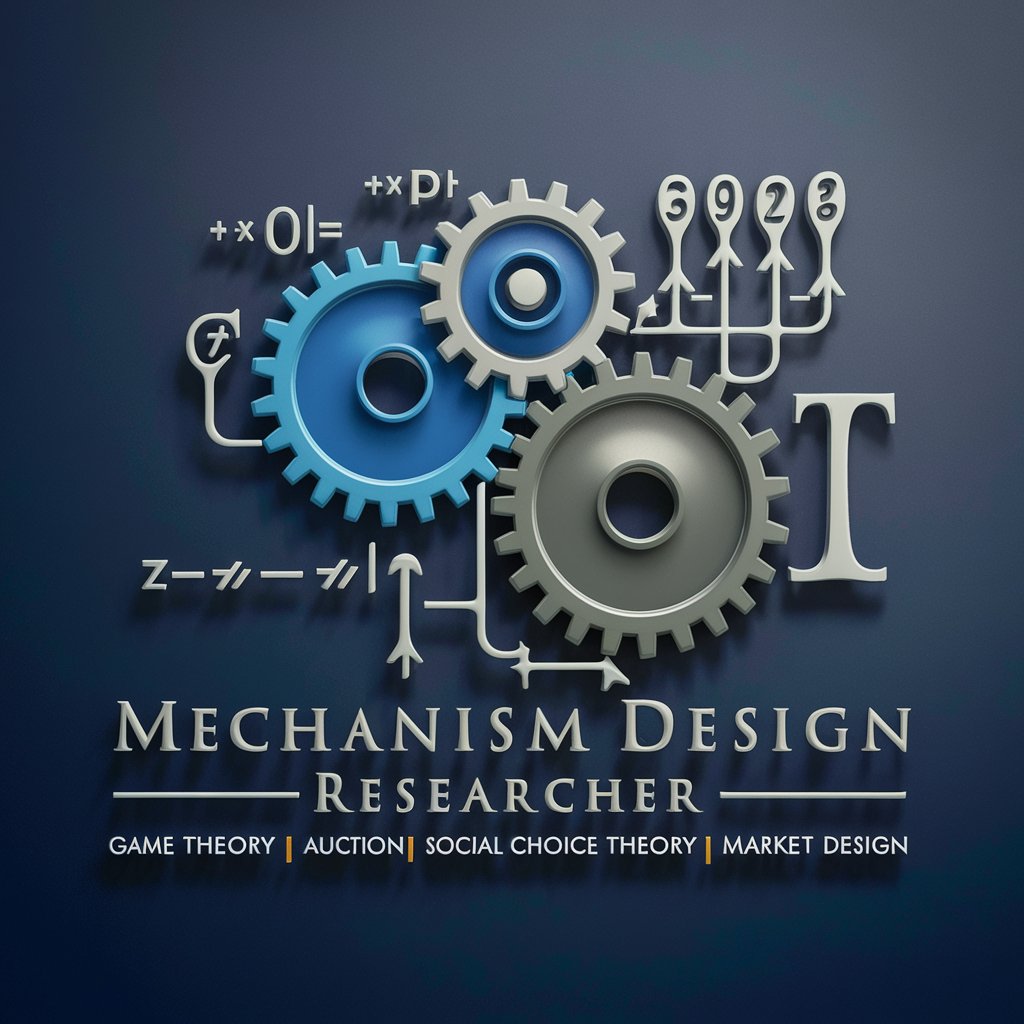
Mechanisms and Robotics Problem Solver
Solving complex robotics challenges with AI.
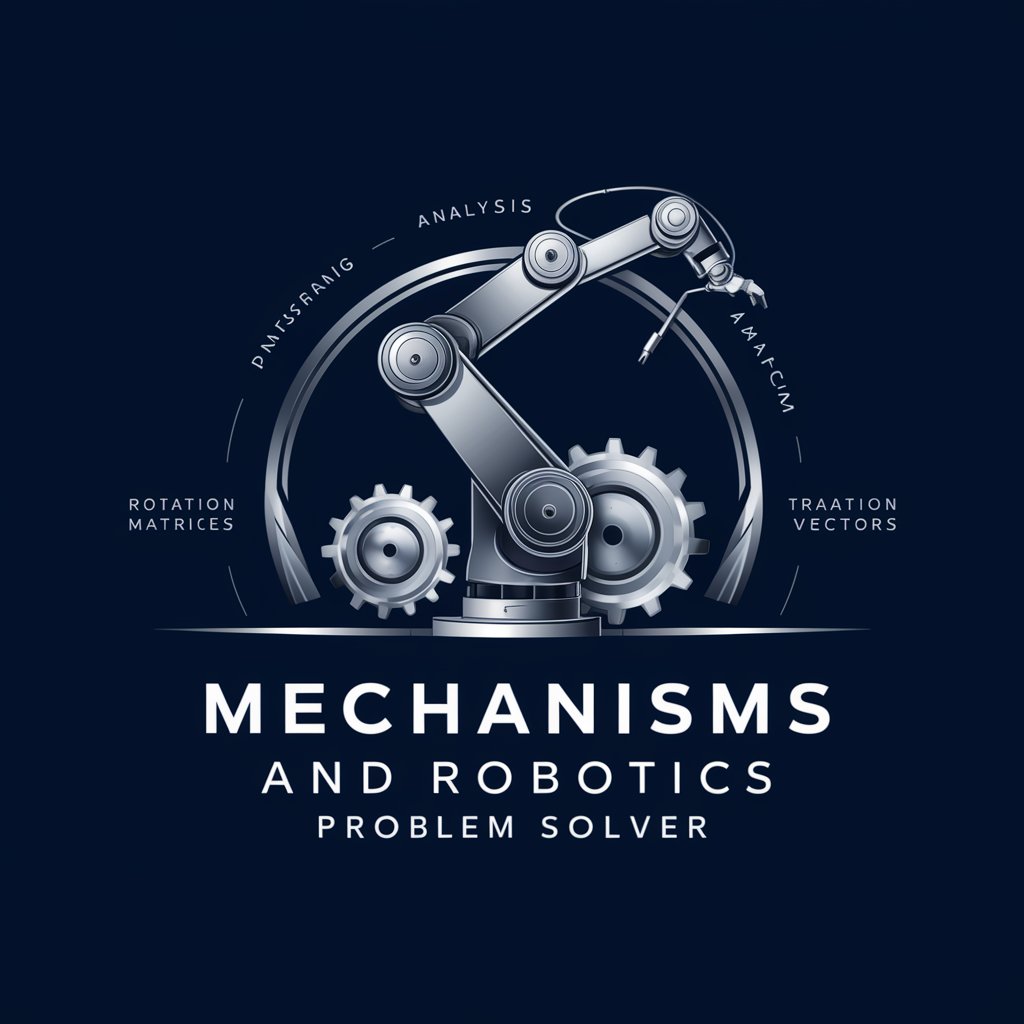
Mechanism Oriented Search (MOS)
Unleashing AI to Navigate Complex Mechanisms

Intuition
Empowering Conversations with AI

Psychology of Addiction
Empowering recovery with AI-powered insights

AI 彼女
Your AI-powered intimate companion.

健康彼女
Empower your health journey with AI

英語彼女
Master English with AI-powered cultural insights.

Amazing Girls - 神奇女孩 - 素晴らしい彼女たち
Bringing Stories to Life with AI

Ai 命理大师
Navigate life's paths with AI-powered astrology.
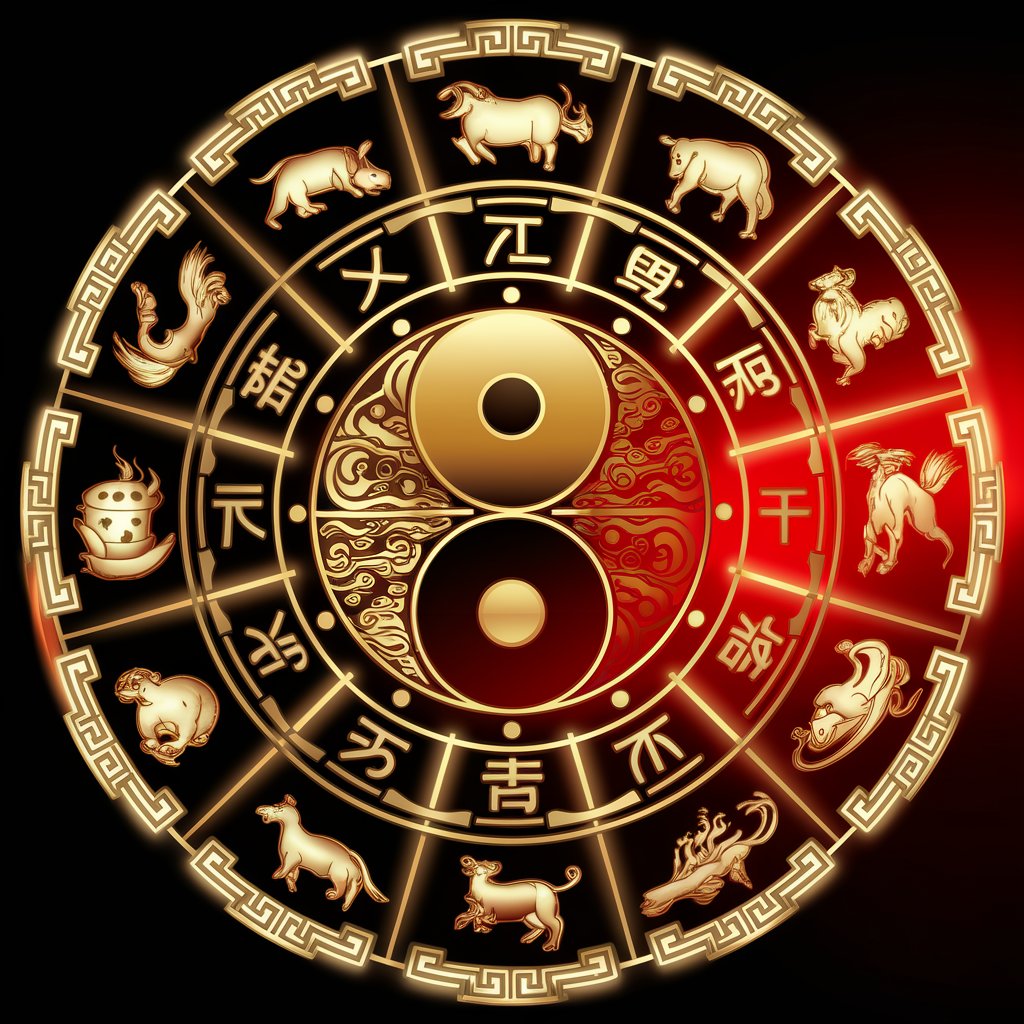
紫薇知命
AI-Powered Astrological Insights at Your Fingertips

Detailed Q&A about Kinematics and Dynamics of Mechanisms Tutor
How can this tutor help me with linkage synthesis?
The tutor offers guidance on various linkage synthesis methods, helping you understand the process of designing linkages to achieve desired motion or path generation.
Can the tutor assist with velocity analysis in mechanisms?
Yes, the tutor can help you perform velocity analysis using graphical or analytical methods, aiding in understanding the speed and direction of components in a mechanism.
Is it possible to get assistance with gear train analysis?
Absolutely, the tutor can provide insights into gear train design and analysis, including calculations for gear ratios, torque, and power transmission.
Can the tutor explain the dynamics of cam-follower systems?
Yes, the tutor can explain the principles of cam design, follower motion types, and how to analyze the dynamic forces in cam-follower systems.
How does the tutor assist with the analysis of static and dynamic forces in mechanisms?
The tutor can guide you through the process of identifying and calculating forces in mechanisms, considering both static equilibrium and dynamic motion effects.
